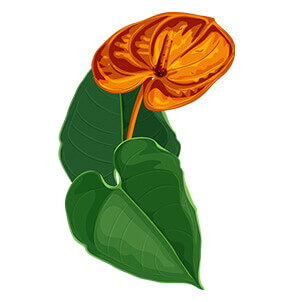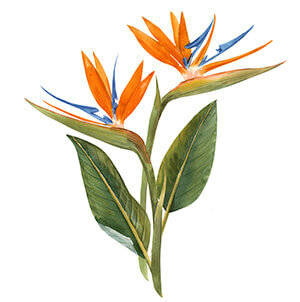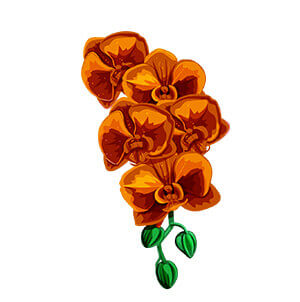Dive into the mesmerizing world of Tahitian dance and discover its vibrant history intertwined with the lively spirit of Hawaiian celebrations. From ancient roots to modern-day festivities, the evolution of this captivating art form continues to enchant audiences around the world.
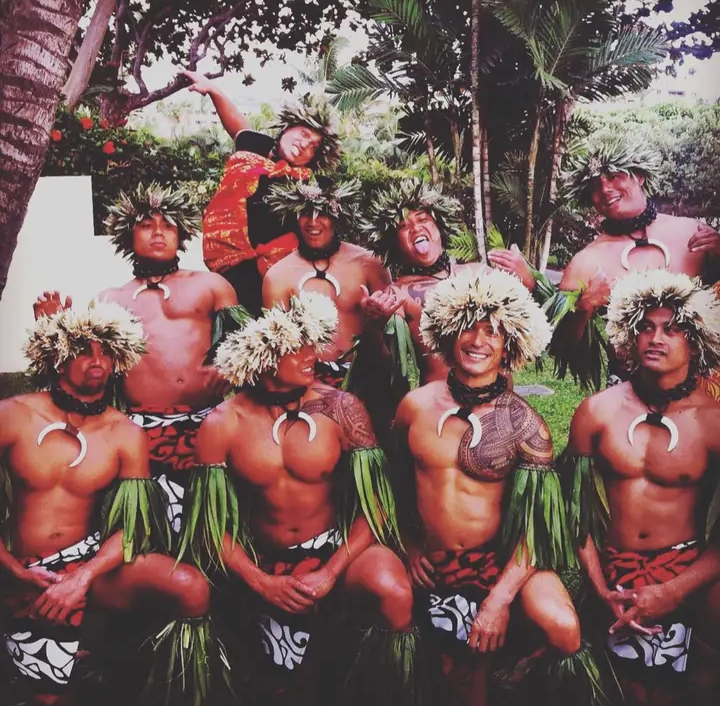
Exploring the Origins of Tahitian Dance
The origins of Tahitian dance trace back centuries, deeply rooted in Polynesian history and mythology. Passed down through generations, this dynamic form of expression incorporates storytelling, ritual, and celebration. Each movement in Tahitian dance holds significance, representing elements of nature, daily life, and ancient legends.
Traditionally, Tahitian dance was performed as a way to honor gods and goddesses, commemorate special events, and unify communities. The rhythmic beats of drums and the swaying of hips create a mesmerizing spectacle that transports both performers and spectators to a realm where time seems to stand still.
As Tahitian dance evolved over time, it not only preserved its cultural heritage but also embraced influences from other Pacific islands, creating a rich tapestry of movement styles and musical accompaniments. The fusion of tradition with innovation continues to breathe new life into this ancient art form.
From the graceful hand gestures to the powerful footwork, Tahitian dance reflects the resilience and beauty of the Polynesian people. The commitment to preserving and sharing these traditions ensures that the spirit of Tahitian dance will endure for generations to come.
The Cultural Significance of Tahitian Dance in Polynesia
In Polynesian culture, Tahitian dance serves as a vital link to the past, connecting communities through shared storytelling and dance movements. It embodies the essence of Polynesian identity, expressing emotions, values, and collective memories through vibrant performances.
Tahitian dance symbolizes more than just movement; it encapsulates the resilience, strength, and grace of the Polynesian people. Each dance tells a story, whether it’s a tale of love, war, triumph, or celebration, weaving together the threads of history and tradition in a mesmerizing display.
The costumes worn during Tahitian dance performances are not just clothing but intricate works of art that reflect the natural beauty of the islands. Adorned with vibrant colors, traditional motifs, and natural materials, these costumes are a visual feast that enhances the storytelling aspect of the dance.
As Polynesian communities strive to preserve their cultural heritage, Tahitian dance plays a pivotal role in passing down oral histories, cultural practices, and artistic expressions to future generations. It stands as a living testament to the resilience and creativity of the Polynesian people.
Tahitian Dance Costumes: A Visual Feast
The allure of Tahitian dance is not only in the captivating movements but also in the stunning costumes that dancers don. Traditional Tahitian costumes are a symphony of colors, textures, and symbols that pay homage to the natural beauty of the islands.
Featuring intricate designs inspired by flora, fauna, and ancestral motifs, Tahitian dance costumes are meticulously crafted to showcase the elegance and grace of the dancers. Each costume is a labor of love, combining traditional techniques with contemporary elements to create a visual masterpiece on stage.
The vibrant hues of red, yellow, orange, and green evoke the lush landscapes of Tahiti, while the swaying fringe and ornate headdresses add a sense of movement and grandeur to the performance. Every detail in the costume is deliberate, enhancing the storytelling aspect of the dance.
Beyond their aesthetic appeal, Tahitian dance costumes hold deep cultural significance, representing the connection between the dancers, the audience, and the land. They embody the spirit of Tahitian heritage, inviting viewers to immerse themselves in the rich tapestry of Polynesian culture.
Influence of Tahitian Dance on Hawaiian Festivities
The influence of Tahitian dance on Hawaiian celebrations is undeniable, shaping the sounds, movements, and spirit of traditional events. From hula competitions to cultural festivals, Tahitian dance adds a layer of energy and authenticity that resonates with both locals and visitors alike.
The rhythmic drums, swaying hips, and intricate footwork of Tahitian dance have become integral parts of Hawaiian cultural performances, blending seamlessly with traditional hula and chants. This fusion of dance styles highlights the deep connection between the Polynesian islands and their shared history.
Tahitian dance brings a sense of dynamism and vitality to Hawaiian festivities, infusing each performance with the essence of Polynesian traditions. The colorful costumes, passionate movements, and evocative storytelling create an immersive experience that captures the heart and soul of the islands.
As Tahitian dance continues to influence and inspire Hawaiian artists, musicians, and dancers, it paves the way for cross-cultural exchanges that strengthen the bond between the two island nations. The enchanting history of Tahitian dance lives on in the vibrant tapestry of Hawaiian celebrations.
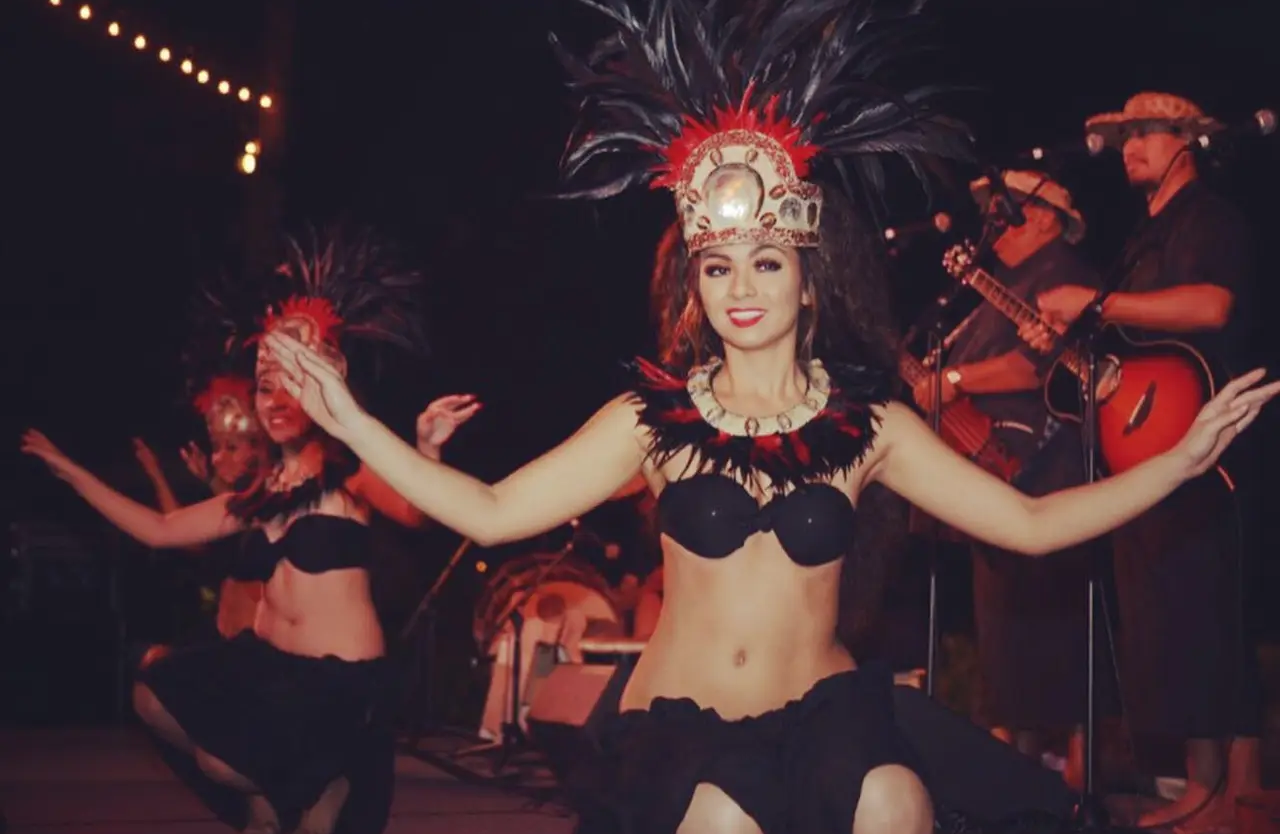
Embracing the Essence of Tahitian Dance
As Tahitian dance continues to inspire and shape the cultural landscape of Hawaiian celebrations, its pulsating rhythms and graceful movements serve as a testament to the enduring legacy of Polynesian traditions. Let the essence of Tahitian dance resonate within you, echoing through the heart of every Hawaiian festivity.


